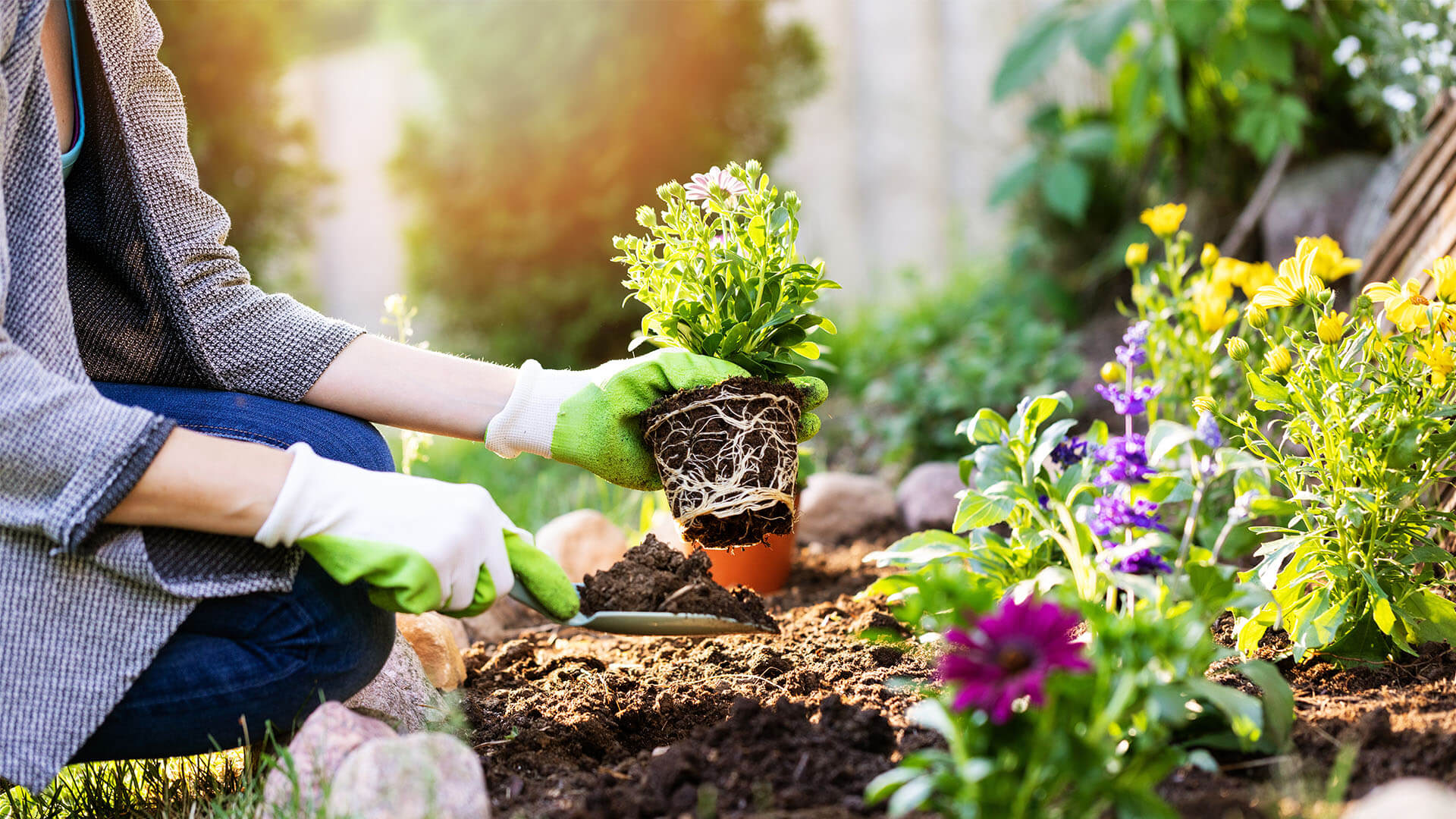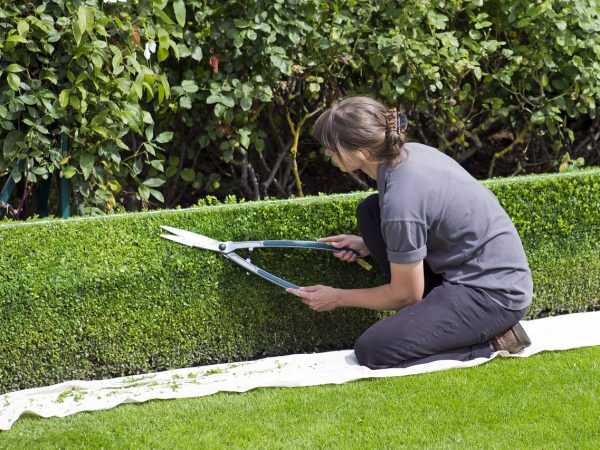Title: Taming the Wild: Strategies for Killing Brambles in Your Garden
Introduction: Brambles, with their thorny tendrils and rapid growth, can quickly take over a garden, turning a once-manicured space into a tangled wilderness. Controlling and eventually eliminating brambles requires a strategic approach that combines persistence and effective techniques. In this article, we will explore various methods for killing brambles and regaining control of your outdoor space.
Understanding Brambles: Before delving into the methods of eradication, it’s crucial to understand the nature of brambles. Brambles are a type of woody plant that includes blackberries and raspberries. Known for their aggressive growth habits, these plants can spread rapidly through their root systems and seeds, making them a formidable adversary for gardeners.
- Manual Removal: One of the most straightforward methods for dealing with brambles is manual removal. However, this requires careful consideration and protective gear due to the thorns. Use sturdy gloves, long sleeves, and pants to protect yourself. Begin by cutting back the above-ground growth with pruning shears or loppers. Once the visible growth is removed, carefully dig up the root system, making sure to extract as much of it as possible. Killing brambles
- Chemical Control: Chemical herbicides can be effective in killing brambles, but they should be used with caution. Selective herbicides designed specifically for woody plants and brush are ideal. Follow the manufacturer’s instructions carefully and apply the herbicide to the foliage or directly on the cut stems. Keep in mind that chemical control may require multiple applications over time.
- Smothering and Mulching: Smothering brambles involves covering the affected area with a thick layer of mulch or heavy-duty landscaping fabric. This method deprives the brambles of sunlight, hindering their growth. Ensure the mulch is applied at least 4-6 inches deep to be effective. Regularly monitor the area and replenish the mulch as needed to prevent any regrowth.
- Mowing and Cutting: Regular mowing and cutting can help keep brambles at bay, especially in larger areas. Keep the vegetation trimmed to ground level to prevent the plants from establishing a strong root system. This method may not eliminate brambles entirely but can help manage their growth and make it easier to implement other control measures.
- Boiling Water Treatment: Pouring boiling water on the base of bramble plants can be an effective, chemical-free method. The intense heat damages the plant’s cells and can kill both the top growth and the root system. Exercise caution when using boiling water, and be sure to apply it directly to the base of the plant to minimize the impact on surrounding vegetation.
Conclusion: Conquering brambles requires a combination of persistence and the right techniques. Whether you choose manual removal, chemical control, smothering, mowing, or boiling water treatment, consistent effort is key to success. Select the method or combination of methods that best suits your garden’s needs and be prepared for ongoing maintenance to keep these resilient plants in check. With determination and the right approach, you can reclaim your garden from the clutches of invasive brambles.
This article is provided by https://www.goodgardn.co.uk/blogs/kill-brambles



